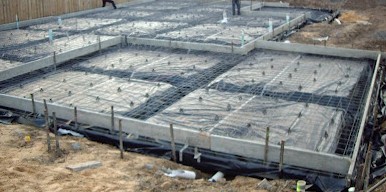Many properties come with covenants that restrict what you can do with the site.
Although you can try to Remove the Covenant you might have a better chance of success in getting a permit to vary it instead.
A couple of examples:
- The covenant says ‘Only One Dwellings’.
If you want to subdivide the block you are less likely to get objections if you attempt to vary the covenant to be ‘No More Than Two Dwellings’. Neighbours will be less concerned about two properties than if the covenant was removed and they thought you may want to put 3 properties on the site or even a block of apartments.
- The Covenant says ‘No Front Fence’.
If you are getting people walking across the garden you could look at varying the covenant to say ‘No Front Fence higher than 900mm’. Such a change would preserve a relatively open aspect to a street while avoiding someone building a wall that makes their house look like a fortress.
Even with these changes there is no guarantee off success, but it is likely to improve your chances.
If you want to find some case law you could have a look at restrictivecovenantsonline.com which provides examples of cases which have gone to court in Victoria.
